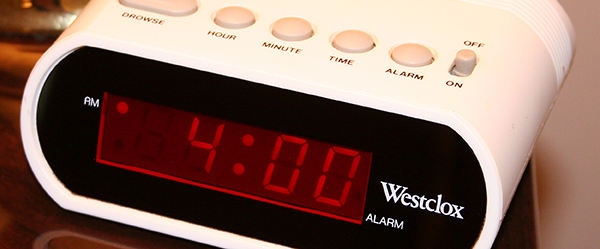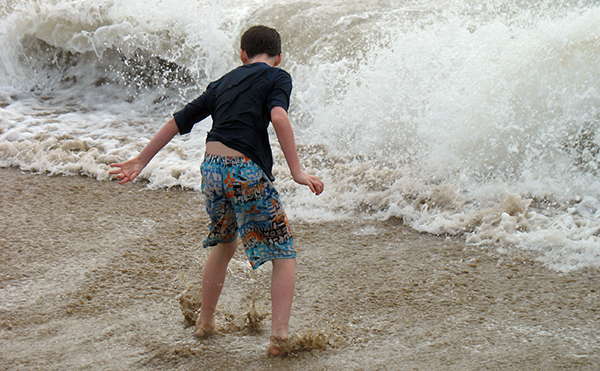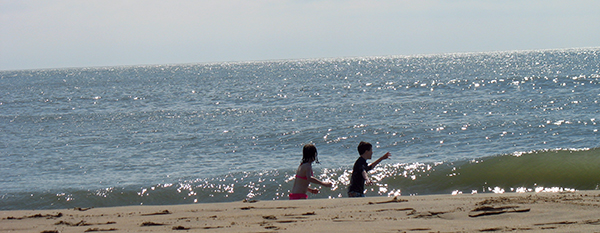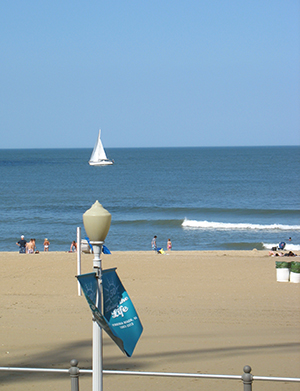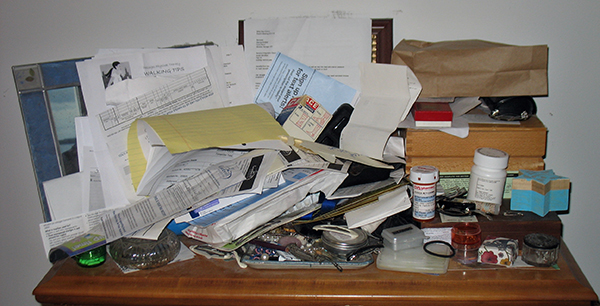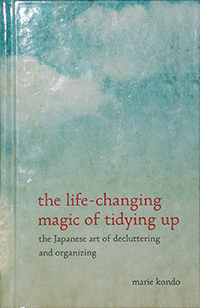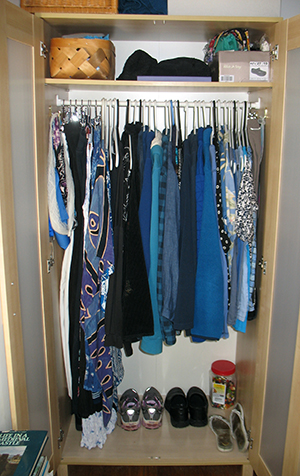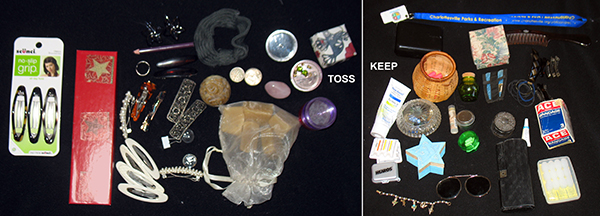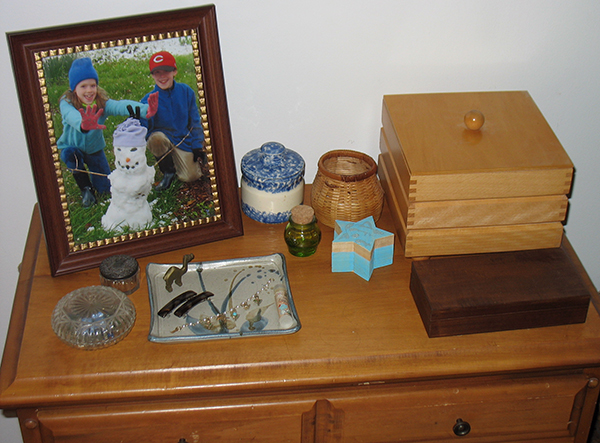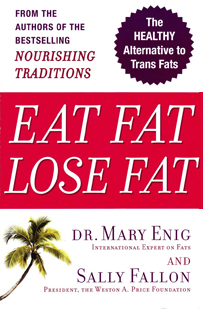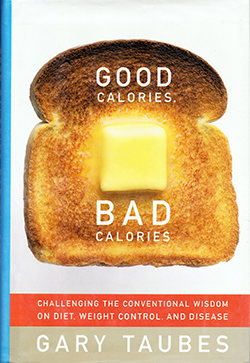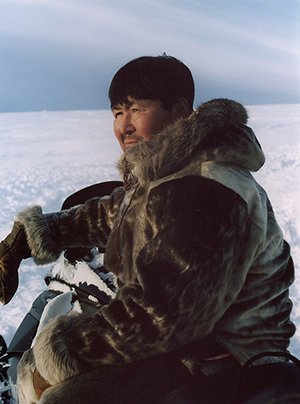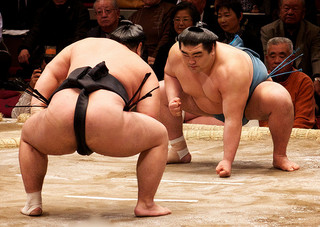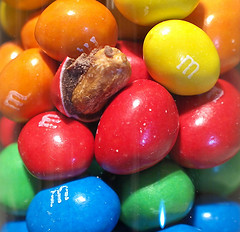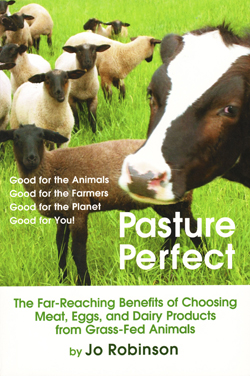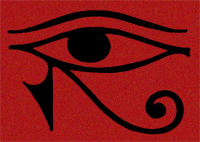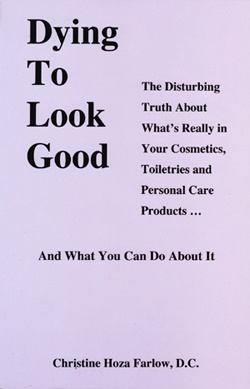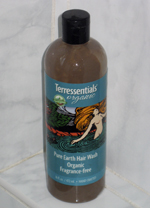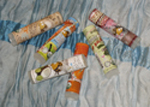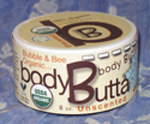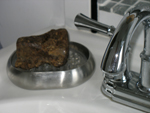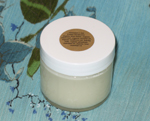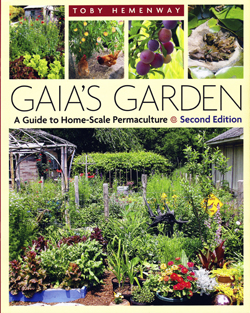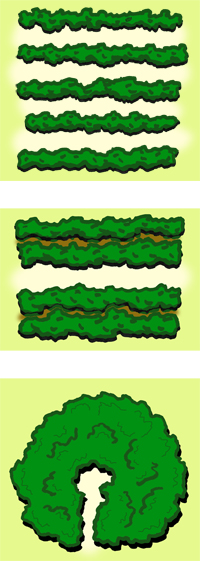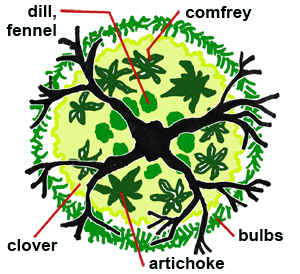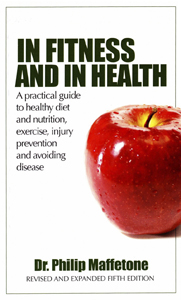My torn retina in January devastated my sleep. When the ophthalmologist completed his repair of the tear, he injected a gas bubble into my eye and informed me that I would need keep my head upright, but with a slight tilt (which tilt he demonstrated by moving my head into the correct position), 24/7 for the next 10 days.
As it turned out, that first 10-day interval was just for starters. I had several check-ups during the 10 days – with favorable reports on my eye’s progress – and then was told I must keep that head angle for another 2 or 3 weeks. All told, I think I kept that head angle for nearly 2 months.
Which meant I had to sleep sitting up!
Which meant I mostly dozed, and only for about 5 hours per night, when I was exhausted enough to do so.
By the time I was cleared to lie down again, both of my hip joints ached, most of the rest of my body was sore, I was seriously sleep deprived, and I was accustomed to starting my doze somewhere between 2 AM and 4 AM.
With permission to lie down, I thought, “Now I can sleep!”
I could not have been more mistaken. I hadn’t realized how much I tended to lie on my back while I slept, and I didn’t have permission for that position until the gas bubble was entirely dissipated. Lying on my back would cause the bubble to float up to my cornea and abrade it. Not good! So no lying on my back!
Lying on my side at night, the ache in my hip joints grew worse. I’d stay on the right side until I could not bear it. Then I’d flip to my left side. The relief to my right hip was wonderful…until roughly 40 minutes passed, and then the ache in my left hip was equally bad.
I did sleep. Some.
But when I was finally clear to sleep however I wanted, including on my back, normal sleep was so far in my past that I couldn’t remember how to do it.
I made efforts to return to a reasonable sleeping schedule with little success.
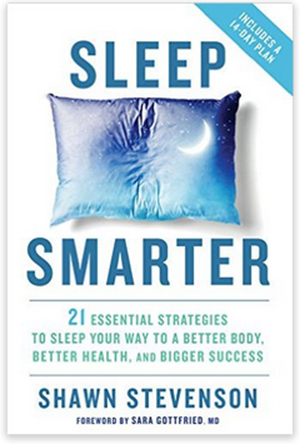 Which meant that when I spotted an advertisement on June 2 for a book titled Sleep Smarter, I was ripe for checking it out. It sounded good, with information based solidly on sleep research and pleased readers who had tried its methods.
Which meant that when I spotted an advertisement on June 2 for a book titled Sleep Smarter, I was ripe for checking it out. It sounded good, with information based solidly on sleep research and pleased readers who had tried its methods.
I purchased the book and read it. I liked what I was learning. I’d thought I knew a lot about sleep, but in fact there was more I didn’t know than I did. The author’s tone is clearly geared toward a pop audience, and I’m not convinced that every last one of his recommendations is backed by solid research. But he referred to many studies that I do have some familiarity with and that are valid. In any case, I figured that the proof would be in the pudding. All of his action-steps were easily implemented and inexpensive. I’d try them and see how they worked.
Here’s a list of many (but not all) of his suggestions:
• exercise for 10 minutes first thing in the morning
• get 10 minutes of sunlight first thing in the morning
• turn off all screens 60 – 90 minutes before you want to be asleep
(to limit blue light, which depresses melatonin production)
• during that hour, do something pleasurable and low key
(read, listen to relaxing music or an audiobook, converse, meditate, journal, take a bath)
• rub topical magnesium onto your legs
(many westerners are magnesium deficient, and the mineral is
necessary in many processes, including relaxing tense muscles, reducing pain, and calming the nervous systems)
• drink no caffeine after noon
• get 30 minutes of sunlight during the day
• remove electronics from the bedroom
• keep the thermostat between 62°F and 68°F at bedtime
• use blackout curtains in the bedroom
• place a spider plant or a snakeroot plant in the bedroom
(to clean the air)
• meditate for 5 – 10 minutes first thing in the morning
• move bedtime and wake time by only 15 minutes at a time,
when you need to move them
• use low-blue light bulbs in the bedroom
• get glasses that block blue light for use when you choose to look at
your computer, your phone, or the television late at night
• download apps that block blue light for your phone and computer
• wear loose clothes to sleep in
• do self-massage as part of your bedtime ritual
Not all of these recs appealed to me. Some were irrelevant: I don’t drink either coffee or tea or soda. My husband’s allergies meant that having a plant indoors was unwise. I didn’t feel ready to invest in blackout curtains right off the bat. But getting some sunlight immediately upon waking sounded excellent, as did turning off my computer by 9 pm.
Sleep Smarter included a plan for implementing the various strategies over the course of 2 weeks, but some of the easiest tips weren’t added until the second week. And some were those that weren’t going to work for me.
I decided to take what I’d learned and put it together with what I know of myself (I’m a night owl, not a lark, for example) and create a customized morning routine. One thing that was clear to me was that I’d always approached changing my sleep schedule with a focus on my evening routine. That’s important, of course, but it was never going to do what I wanted, if it was unsupported by an effective morning routine. In fact, for me, the morning routine needed to be the main focus. The evening would fall into place, if I got the morning right.
This is the morning routine that I developed:
• immediately upon waking, do 20 minutes of core exercises
that prevent pain in my back
• the instant I am done with those exercises, go sit outside
for 30 minutes on either my front porch or my back deck
(bring my journal, if desired – which it generally is)
• walk barefoot on the lawn for 5 – 10 minutes
• come in and cook breakfast
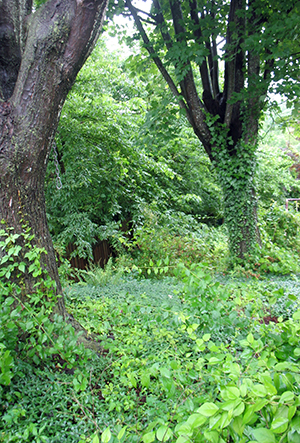 Even though my sleep schedule was a mess when I decided to try this, I’d been waking at 7:30 am. But I’d been so tired that I always went back to sleep. So my first morning, I went outside, instead of diving under my pillow.
Even though my sleep schedule was a mess when I decided to try this, I’d been waking at 7:30 am. But I’d been so tired that I always went back to sleep. So my first morning, I went outside, instead of diving under my pillow.
And it was glorious! The air was cool and fresh. The sun through the tree leaves was beautiful, as were the fluting calls of the birds. When I walked on the grass, the earth under my bare feet just felt good. And I didn’t feel sleepy at all by the time 30 minutes had passed.
That was already a success, as far as I was concerned.
This is the evening routine I developed:
• turn off all screens at 9 pm
• spend the time reading or journaling or drawing
or chatting with my husband
• at 10 PM, wash my face, smooth a coconut-based lotion on my face,
and spray a magnesium oil on my legs
• turn out the light the instant I feel sleepy
It was a little hard finding quiet things to do after I turned off my computer. I tried coloring an adult coloring book that featured butterflies, but that didn’t hold my interest sufficiently. So I purchased a book that explained a pattern-drawing method called Zentangle® and discovered that drawing designs in this way is a perfect evening activity. Between reading, journaling, drawing, and conversing, I have enough possibilities.
So how did it work?
It worked wonderfully well for me! The first night I was sleepy by 1 AM, so that’s when I turned off the light and fell easily and swiftly asleep. An incredible improvement over my then-typical 4 AM! By the end of my first week, I was sleepy by 11 PM. I occasionally have nights when I’m sleepy soon after 10 PM, but I am a night owl. I suspect 10 PM would be my ideal bedtime, but I am happy with 11 PM. And I am thoroughly delighted with how pleasant I find the morning routine and how quickly it returned my sleep schedule to something that meshes well with the rest of the world around me.
Total success, as far as I am concerned! 😀
ETA: Keep in mind that none of the above is intended to address an actual sleeping disorder. If you’ve just gotten off track – as night owls like me do from time to time – then ordinary sleep hygiene, applied intelligently, can make a huge difference quite rapidly. But for certain types of sleeping disorders, some of the listed strategies could actually make things worse. So get help from an expert in sleep medicine, if you think you may have a sleeping disorder.

